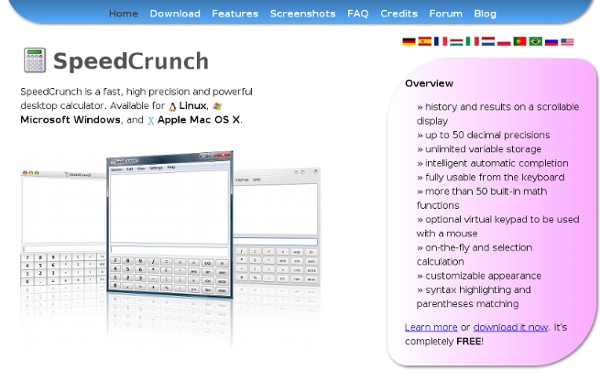



Octave GNU Octave is a high-level interpreted language, primarily intended for numerical computations. It provides capabilities for the numerical solution of linear and nonlinear problems, and for performing other numerical experiments. It also provides extensive graphics capabilities for data visualization and manipulation. Octave is normally used through its interactive command line interface, but it can also be used to write non-interactive programs. The Octave language is quite similar to Matlab so that most programs are easily portable. Octave is distributed under the terms of the GNU General Public License. Version 4.0.0 has been released and is now available for download. An official Windows binary installer is also available from Thanks to the many people who contributed to this release!
Fences Algebra Worksheet Generator Select number of each type of equations: One-step Equations: (e.g.. x-4=10) Two-step Equations: (e.g.. 2x+6=16) Combining Like Terms X's on both sides Distributive Property Systems - solve for x and y solve by adding solve by subtracting a mix of the above two require one multiplication step general system solve by substitution Quadratics - ax2+bx+c=0 simple factorable difficult factorable (a not equal 1) general - require quadratic formula imaginary solutions, general Note: There will be no ads on the worksheet. Options: Create Answer Sheet also Include Header No Negatives Percent of coefficients that are fractions Printing tips - For best printed results. Permissions - Can you photocopy these worksheets? Answer sheet pops up in separate window.
Mathematica: Technical Computing Software—Taking You from Idea to Solution With energetic development and consistent vision for three decades, Mathematica stands alone in a huge range of dimensions, unique in its support for today's technical computing environments and workflows. A Vast System, All Integrated Mathematica has over 6,000 built-in functions covering all areas of technical computing—all carefully integrated so they work perfectly together, and all included in the fully integrated Mathematica system. Not Just Numbers, Not Just Math—But Everything Building on three decades of development, Mathematica excels across all areas of technical computing—including neural networks, machine learning, image processing, geometry, data science, visualizations and much more. Unimaginable Algorithm Power Mathematica builds in unprecedentedly powerful algorithms across all areas—many of them created at Wolfram using unique development methodologies and the unique capabilities of the Wolfram Language. Higher Level Than Ever Before Superfunctions, meta-algorithms...
Maple 15 – Technical Computing Software for Engineers, Mathematicians, Scientists, Instructors and Students What's New in Maple 18 New tools for visualization, time series analysis, app development, fractals, and much more! Read about these and other great new features in Maple 18. See What's New in Maple 18 Limited time offer! Save 15% when you upgrade to Maple 18 Offer expires June 15th, 2014. The Essential Tool for Mathematics and Modeling What is Maple? The result of over 30 years of cutting-edge research and development, Maple combines the world's most powerful mathematical computation engine with an intuitive, clickable user interface. Watch the video – What is Maple > What's New in Maple 18 > Maple Features Overview > Maple Webinars Product information, training, industry & academic applications, and more! View the entire live webinar schedule > View all recorded webinars > Webinar Recordings What's New in Maple 18 for Industry What's New in Maple 18 for Educators Create, Share & Learn with the User Community Stay connected! Ready for the next step?
Everything Search Engine UK | Education | Maths exams 'have become easier School mathematics exams in England have become easier, shallower and less demanding, according to a think tank. Analysis of public maths exam papers taken by 16-year-olds between 1951 and 2006 shows standards have declined markedly, the report for Reform argues. This means more pupils have left school ill-prepared for the workplace and a generation of mathematicians has been lost to the nation's economy, it adds. The government insists maths exam standards are very closely monitored. The Reform report assesses how maths exam papers changed over time in terms of their content, difficulty, style and pass standard. It concludes that between 1951, when O-levels were introduced, and 1970, standards remained constant with a strong focus on algebra, arithmetic and geometry. A simplification trend began in the 1980s with an attempt to show mathematics in context, but the syllabus remained comparable to that of earlier years. 'Geek to chic' Economy
Fityk — curve fitting and peak fitting software